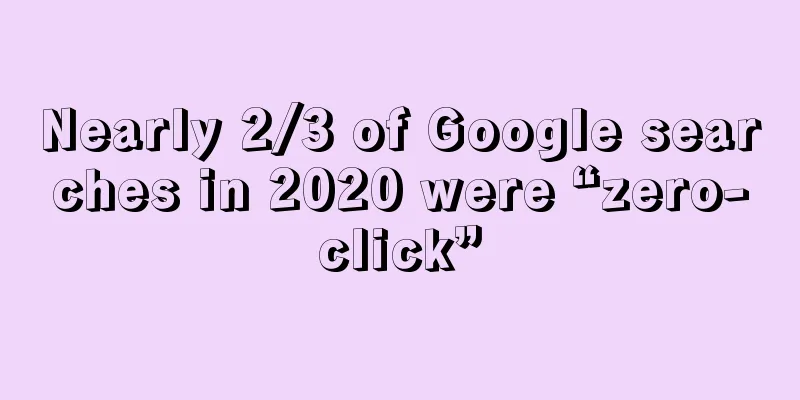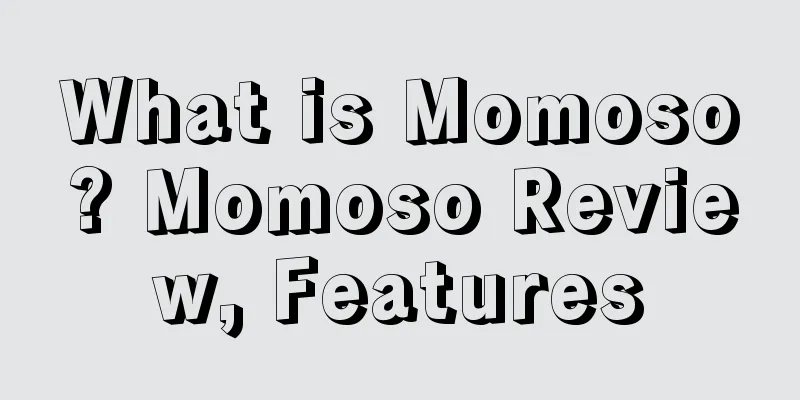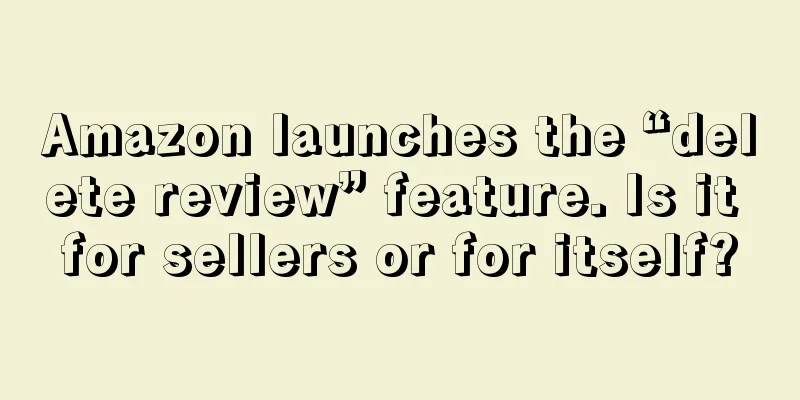Nearly 2/3 of Google searches in 2020 were “zero-click”

|
According to a research data recently released by SparkToro founder Rand Fishkin, between January and December 2020, nearly 65% of Google searches ended without clicking on any other website links, which means that the proportion of "zero-click" searches has reached nearly 65% . According to data from another research company, this proportion was 50% in June 2019.
SparkToro 's survey is based on 5.1 trillion Google searches collected by SimilarWeb from mobile , tablet and PC devices around the world in 2020. Fishkin said in his analysis that although different data sampling methods may affect the final data conclusions, the trend of increasing Google "zero-click" searches remains.
As can be seen from the figure below, "zero-click" searches account for 64.82%, which is nearly 2/3 of Google searches ; followed by natural search click-through rate of 33.59%; paid search click-through rate of 1.59% ↓ Fishkin pointed out that the percentage of "zero-click" searches also varies by device. The following figure shows Google search results for non-mobile terminals including large tablets, laptops and desktop computers ↓ On non-mobile devices, organic search has a CTR of 50.75%, paid search has a CTR of 2.78%, and “zero-click” searches account for 46.48% .
From the results of mobile terminals , the click-through rate of natural search is 21.99%, the click-through rate of paid search is 0.79%, and the proportion of "zero-click" search is 77.22%, which is much higher than that of non-mobile terminals. ↓ The emergence of this phenomenon is definitely inseparable from Google's "self-improvement".
It is reported that in order to help users get the information they need as quickly as possible, Google conducted 3,200 "optimizations" in 2018, not only displaying websites that may contain particularly relevant information on the search results page, but also highlighting features such as "summary" and "knowledge graph" to directly help users summarize the information they need. In fact, since 2016, Google's "zero-click" search trend has been growing steadily.
The epidemic may lead to an increase in people's online searches, giving rise to more "zero-click" searches.
As shown in the figure below, after a decline in 2019, people's overall search volume increased in 2020; and as people went out more and used mobile devices more frequently after the epidemic crisis eased, the overall proportion of zero-click searches also increased↓ "Zero-click" search means that users can solve their query needs directly on the search results list page , so that Google can make money by displaying ads or its own products, while other websites do not have this privilege. Therefore, as the proportion of zero-click searches increases, other websites may lose traffic, especially for independent website merchants who rely heavily on off-site traffic, which has a far-reaching negative impact.
However, sellers are not without a way to resolve this unfavorable trend. Forbes website points out three feasible ways to "fight" zero-click searches:
1. Guide users to an environment controlled by the seller
These environments include apps , email, and online social media communities , allowing sellers to “penetrate” consumers and find ways to engage them wherever and whenever they are.
Although publishing real-time messages and operating mobile apps require strong technical and content support , consumers are often short of time and attention and tend to disdain uninteresting or useless content , so even if the workload is large , the future rewards will be worth the investment .
2. Become the user’s “conditioned reflex” destination in advance
Such a target website will inevitably be characterized by high repeat visit rate , high direct click volume and high number of brand searches .
Sellers can guide users to visit the website by advertising on other channels and educate the target group to search for specific brand terms to go directly to the brand website .
3. Build a trusted brand
Building a brand here does not mean becoming a big brand like Apple. What is more important is to win the trust of consumers and establish a good relationship with customers . At the same time, placing advertisements on social media platforms such as Google and Facebook and news websites is a feasible way to increase brand awareness . Google Search Zero-click search |
<<: ALDI to enter online shopping, plans to open 20 new stores
>>: 48% of American consumers are stockpiling necessities, with toiletries being the most popular
Recommend
A number of Amazon sellers have run out of stock after 20 days of shipping
There are a lot of problems with the last mile in...
The lockdown has been extended for another two weeks, and the stay-at-home economy has exploded. These products are popular in Malaysia!
Malaysia extends lockdown in four regions Today, ...
The best seller in Shenzhen! Henan brand became the leader in the vertical category in three years
Recently, Onesight released the "2023Q3 TOP3...
What is Blidz? Blidz Review, Features
Blidz is a mobile shopping service provider that f...
What is OKEBA? OKEBA Review, Features
AOKBA (Shenzhen AOKBA Technology Co., Ltd.) was e...
What is seamoney? seamoney Review, Features
seamoney is a leading digital payment and financia...
Amazon's new plan allows sellers to receive bonuses of up to 30% of sales!
Amazon US released an announcement on December 14...
What's going on? The seller was accused of counterfeiting by the partner
When doing cross-border business, especially on t...
Zhejiang Dama's net profit cut in half in 2024
Zhejiang's big seller, which is keen on setti...
What is Weicheng International Freight? Weicheng International Freight Review, Features
Shenzhen Weicheng International Freight Forwarding...
What is paccomfilms? paccomfilms Review, Features
Paccomfilms specializes in producing and selling t...
US-based TryNow raises $12 million to enhance user experience
San Francisco-based TryNow said it has raised $12...
Foreigners are addicted! They spend an average of more than 20 minutes a day on Temu
Mobile consumer intelligence company GWS Amplify ...
Wildberries becomes Russia's largest electronics platform
As the largest e-commerce platform in Russia, Wil...









